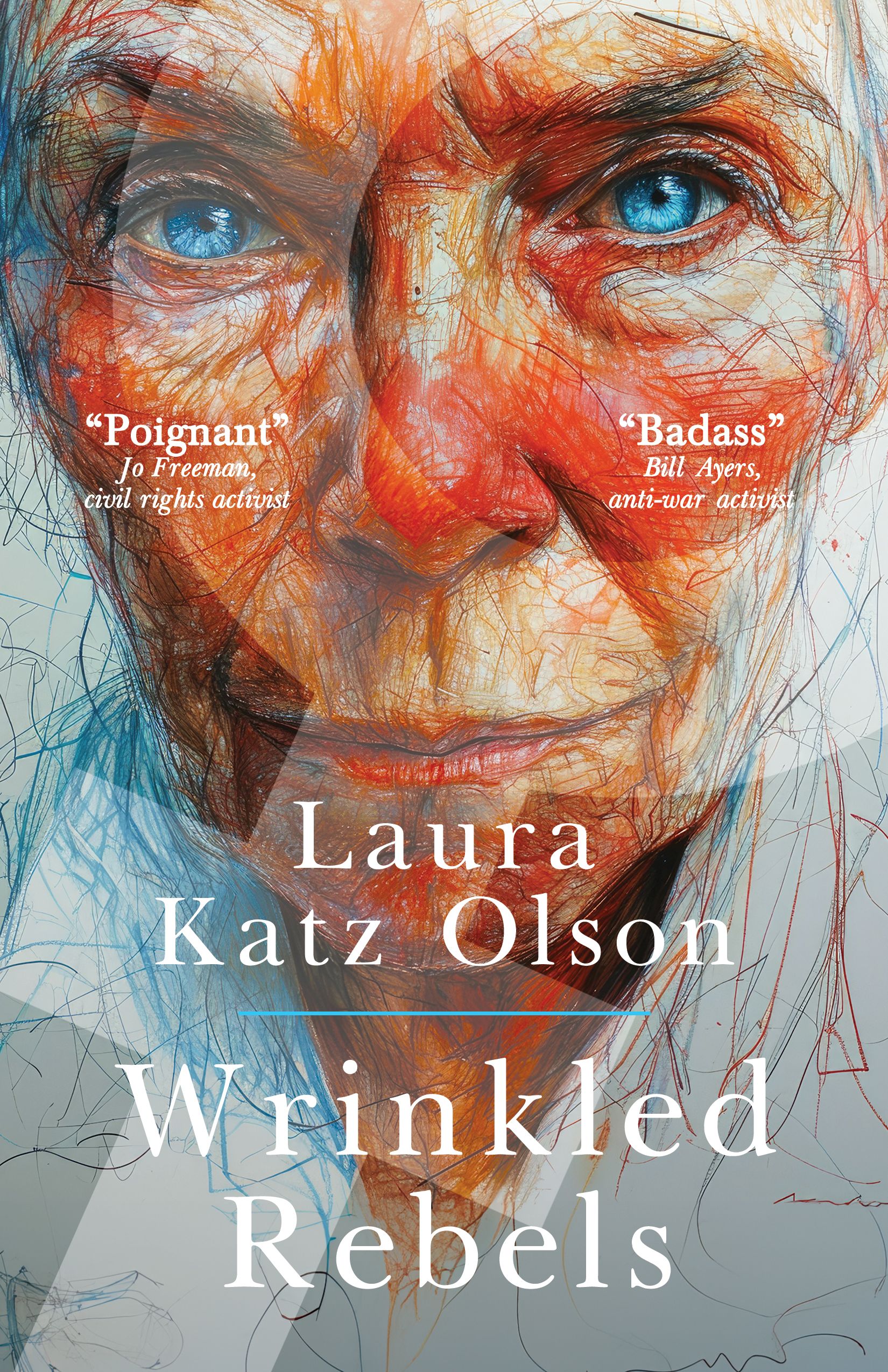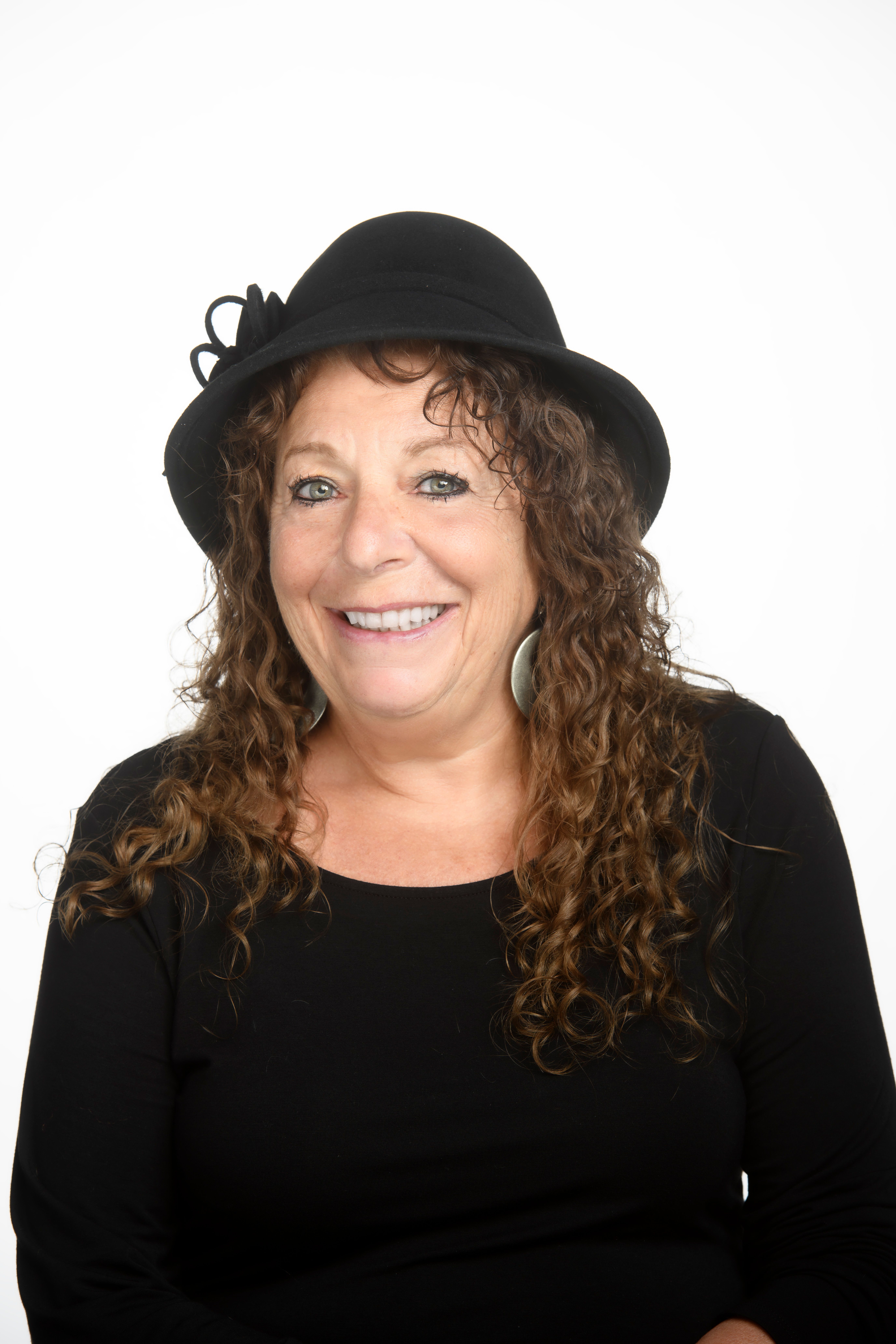
Literary Novel / Historical Fiction
Date Published: 07-23-2024
Publisher: Vine Leaves Press
Now 80 years old, retirement and advanced age have dissipated the spirit of
six college radicals of the 1960s, who jointly had participated in civil
rights campaigns and anti-war protests. Having engaged in only periodic
communication over the decades, they suddenly receive an invitation to
reunite for an extended weekend. Struggling with whether to go, each of them
has divergent qualms and expectations for the proposed gathering.
During their three days together, they confront their inner demons, each
other, and their future. Does Rebecca, the prime mover of the event, find
solace after losing her wife and career? Can Malaika regain her sense of
self after stepping down from her successful law practice? Mourning the loss
of her youthful athletic prowess and attractiveness, what happens when
Deanna faces her old friends?
Struggling with two divorces and a failing marriage, can Russell attain
peace of mind? How will Max, an expat living in Canada, manage with his
incipient dementia? Will the demoralized Keith recover his idealism?
Wrinkled Rebels is a story of how six people achieve meaningful lives
through the struggle for social justice. It is also a tale of love, the
bonds of friendship, and growing old positively.
EXCERPT
- Rebecca walks into the condo’s large kitchen and looks at the heap of unopened
retirement cards on the table. She flips through the envelopes and grimaces, knowing that they will express some variation of “Best Wishes on Your Retirement” in assorted designs and colors. She doesn’t intend to open any of them. They were probably glad to get rid of her, she reflects. Rebecca had felt the pressure from the younger organizers. She was not up to par anymore. Too old-fashioned in her ways. Taking up space in the upper ranks that they were anxious to fill.
She runs her fingers through her short, thinning white curls as she considers her situation. She used to have her life in order. Each piece had been painstakingly assembled by the time she was forty. Political activist, union organizer, daughter, and part of a couple. Later, when Susan was stricken with cancer, she had added caregiver. The construction seemed indestructible, as though it would last forever. She had counted on each part to keep her grounded, to make her existence meaningful. It wasn’t easy to keep everything in harmony, and she wasn’t always successful. But then everything had fallen apart, one by one. Ultimately, only her work recharged her, at least for a while. She had been too busy to nurture friendships, to do the heavy lifting to keep relationships afloat.
Rebecca swallows hard. Now she is alone and lonely. She muses about old age and its victims, those who suffer from chronic illness or dementia, or who pass away—
and their grief-stricken loved ones, like her. She has lost her mother, father, and mate, the most important people in her life, except for Max and the gang. She wonders how they are faring in their advanced years.
Suddenly, she wants him. She craves all of them. Their friendship had been such an integral part of her youth. She paces the kitchen and then darts back into the bedroom, pulls open the closet door, and rummages around until she finds the frayed cardboard box tucked away in a back corner. The container is bursting with photos of her old comrades—several fading. She bites her lip and reproaches herself for neglecting to put them in albums, certain that most people would have taken the time to preserve them better.
Hands trembling, she inspects a stack of them, lingering on several pictures from the summer of 1965, following their second year at City College. They had volunteered for Project Uplift (PUL), an experimental summer anti-poverty project in Central Harlem. The venture had been sponsored by Harlem Youth Opportunities Unlimited—HARYO—the major social agency in the impoverished ghetto. After their Freedom Summer in the South, they had decided they would henceforth commit their energies to their own backyard. Certainly, there were sufficient economic and civil rights issues in the North, Malaika had reminded them when they were considering their next endeavor. Rebecca had thought about the segregation in her junior high and her daddy’s clear-sighted views about social justice.
It had been a frustrating but satisfying summer, despite the long hours at no pay. They had mingled daily with Harlemites, both young and old, learning of their needs firsthand. At night they slept together on the floor of a community leader’s row house. For Rebecca, that had been the highlight of the experience, sharing views about the day’s accomplishments with each other. Despite the stifling summer heat, they had stayed up late into the night exploring ideas on social change. Rebecca savored every moment of their discussions.
Rebecca sifts through more pictures of her friends, warmth radiating throughout her body as she nourishes herself with memories of their shared lives, of her early adulthood. Periodically, she fingers a particular snapshot and holds it close to her chest. An idea is gradually taking shape in her mind as she longs to erase the distance between them.
Yes, she thinks, as she clenches her hands into fists. She eyes the retirement cards again. Why not? Rebecca slips on her navy blue peacoat, wool beanie, and sheepskin-lined winter boots and wraps herself in the cashmere scarf that Susan had knitted for her birthday ten years ago. She walks purposefully to a CVS, two blocks away, grateful that the stores have shoveled their sidewalks following the recent snowstorm. Once inside, she heads straight to the greeting card racks and scans them, homing in on what she came for: a pack of purple invitations with matching envelopes. For emphasis, she purchases two bags of lavender glitter. Her heart is pounding, and she closes her eyes for a moment. They will come, she assures herself. 974
About the Author

Laura Katz Olson, AGF Distinguished Professor of Political Science, has
taught at Lehigh University since 1974. To date, she has published nine
nonfiction books, focusing on aging and healthcare. Her latest, Ethically
Challenged: Private Equity Storms U.S. Health Care has been awarded several
gold medals, including from the Independent Book Publishers Association
(IBPA) and the Benjamin Franklin Awards. Elder Care Journey: A View from the
Front Lines, which relates her personal experiences as a caregiver for her
mother, won a Gold Medal in the Ninth Annual Living Now Book Awards.
Wrinkled Rebels is her second novel.
Contact Links
Website
Facebook
Twitter @lauralee111
Goodreads
LinkedIn
Purchase Links
Universal Link
Amazon
Barnes and Noble
Kobo
Publisher
a Rafflecopter giveaway


